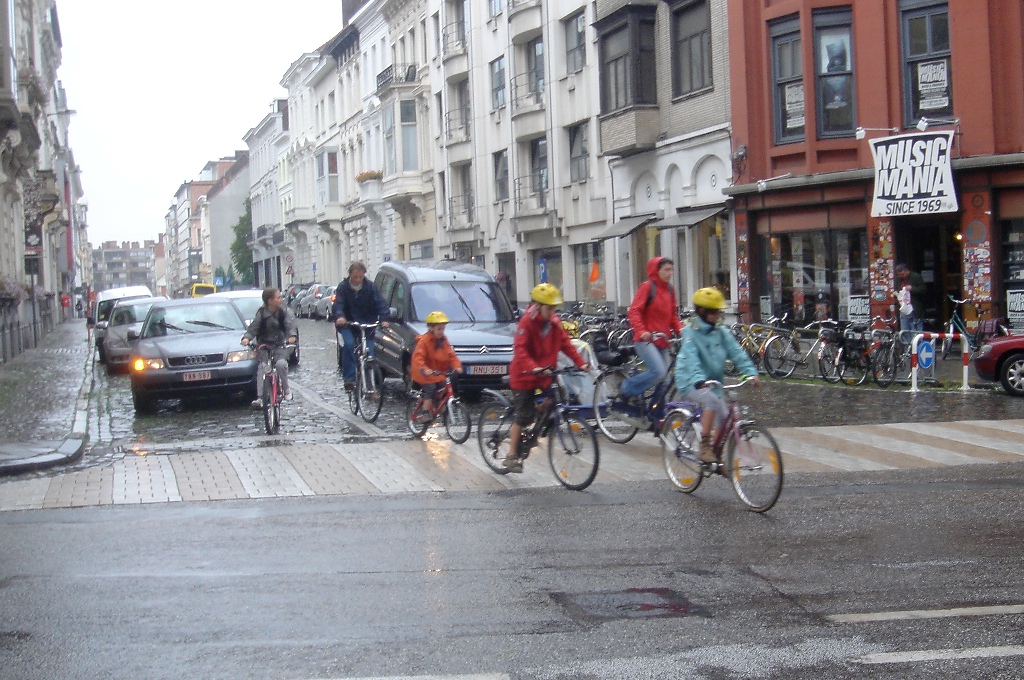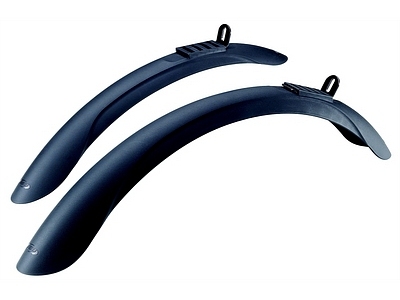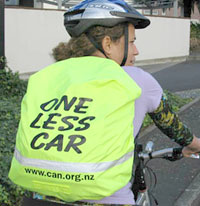It’s been a wee bit damp this week around the country… No-one was really spared too much, although obviously some places like Nelson, Northland and the West Coast copped it more than most. There’s a little bit of the wet stuff still to come, so if you need some advice for biking around in this weather, here are a few thoughts, first posted in Oct 2016…
Another dreary wet day and inevitably the number of people cycling takes a nosedive. Perhaps you are a “fairweather cyclist”. Perhaps you’d like to become more of an “all-weather” rider. So how to do that?

Disclaimer: I will mention some brands and businesses here, but they are just suggestions. And sadly I receive no commission from anyone!
As the old saying goes, “there’s no such thing as bad weather, just bad clothing.” In fact, when it comes to cycling in the rain, perhaps we should say “bad equipment”; as indicated below it’s more than just clothing. The key is to find gear that will keep you dry – or at least “dry enough”:
- It is a curious thing how most bikes sold in New Zealand don’t come with mudguards as standard. People just grab the nearest mountain bike or road bike sans guards and put up with biking into work with a wet bum and spray in their face. It’s pretty easy to retrofit mudguards to most standard bikes (just make a note of what holes you have in the frame for attaching them). Most of them are also easily removable should you have a hankering to hit the trails on the weekend. I replaced my last ones with a pair of BBB Rain Warriors that cost me less than $30 at Hub Cycles (fancier ones like Topeak might cost you a bit more). Or the next time you’re looking at a new bike purchase, make sure that you tell your retailer that you are only looking for models with mudguards – they might start to get the hint…

- Next you might want to think about how to keep your top half dry. A decent weather-proof jacket is one of the best investments you can make. It will probably set you back the best part of at least $200, but if you consider what money you’ll save not taking the car or bus on a rainy day, then that will probably pay for itself reasonably quickly. I got my last rain jacket from Kathmandu and it has lasted me well for about a decade (OK, maybe it’s starting to look worse for wear…). Another really good local player to look at for cycling jackets is Ground Effect. Of course, if you’re looking to go the stylish way and avoid any hint of fluoro, then any number of good jackets will do, for example local offerings Moa Gear. Another possible option with more flexibility when riding might be a rain poncho, which are usually inexpensive.
- If you’re concerned about the bottom half as well then you might want to look into some kind of over-trousers too that you can slip over your normal duds. Many of the same suppliers for jackets will also provide you with over-trou offerings, e.g. Ground Effect’s quite styly 3/4 Helter Skelters. For me, I just grabbed some PVC trousers for ~$20 from The Warehouse; I keep them rolled up in the bottom of my pannier for whenever the occasion arises. They also have polyester pants that will do for a light shower.
- On a wet day you might also want to keep your feet dry. Like tramping, a good pair of woollen socks and hiking boots might be just the trick on a wet day. Alternatively you can get booties that will cover your normal shoes, and if you really want to go low-rent, I’ve seen people just put plastic bags over their shoes. Or maybe you just make sure that you have a second pair of shoes for wearing at your destination.
- How to keep your other gear dry? One way is to get yourself a good-quality water-proof pannier bag. Alternatively, if you already have your favourite backpack or pannier, you could get yourself a waterproof backpack/bag cover – lots of models out there (nice and bright for visibility too). As a simple measure, packing your stuff in plastic bags inside your pack will also help immensely; I always have a bunch of plastic bags sitting inside my panniers and backpacks.

- If you already have your favourite jacket or shoes or bag and don’t really want to shell out for new waterproof gear, you could just try waterproofing your existing stuff. I’ve usually found something like Selleys Water Shield spray at K-Mart for ~$15; one can is usually enough to cover a few items. It’s not perfect and you’ll probably have to re-apply every year or two though.
Finally, it’s important to remember what’s the worst that could happen if you get caught in the rain – you get wet. You won’t melt! Because I usually shower at work instead of at home, I figure that it doesn’t matter if I get wet when riding – I’m going to get wet again anyway. And so long as I can take advantage of an oil column heater or a breezy/sunny window I can usually get any wet things dry for the trip home.
(NB: we also have some advice about cycling in the cold)
What is your secret to keeping dry when riding on a wet day?


A pair of over-trousers works wonders when it is really cold too; then you’re ready just in case the skies open up as well as being warm.
Gosh I remember 2016 pricing…. Wish that was still the same now.